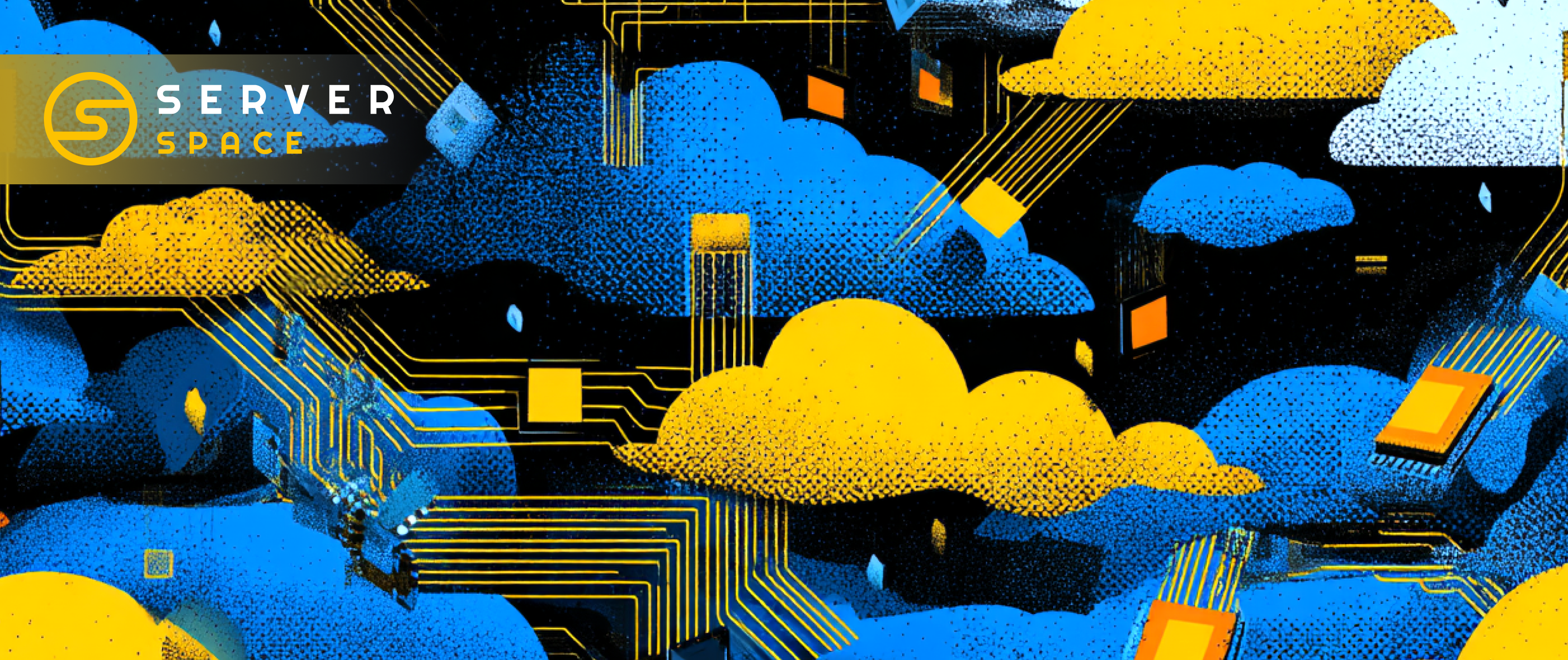The Rise of Edge Computing: What It Means for Businesses

We all know the cloud revolutionized how businesses store data, run applications, and scale operations. But now, there’s a new shift happening - one that’s pushing computing power closer to users, devices, and data sources. It’s called edge computing, and it's not just a buzzword. It’s a game changer.
If cloud computing was about centralizing infrastructure, computing on the edge is about decentralizing it - bringing the power closer to where things actually happen.
Let’s explore what this means for modern businesses and why the line between edge and cloud computing is getting blurrier every day.
Edge vs Cloud Computing: What’s the Difference?
The simplest way to understand it:
- Cloud computing relies on centralized data centers that may be thousands of kilometers away.
- Edge computing places servers physically closer to the devices or users generating the data.
So in the battle of edge computing vs cloud computing, it’s not really about one replacing the other - it’s about finding the right balance. This concept of edge to cloud infrastructure is becoming essential for businesses that need speed, low latency, and local processing power.
To help visualize the contrast, here’s a side-by-side comparison of the two models:
| Feature | Cloud Computing | Edge Computing |
|---|---|---|
| Location of Resources | Centralized data centers (remote) | Distributed servers near users/devices |
| Latency | Higher (due to distance) | Low (real-time responsiveness) |
| Data Processing | Processed in centralized cloud | Processed locally at the edge |
| Best For | Scalable apps, global storage, heavy compute | IoT, real-time analytics, localized apps |
| Internet Dependency | Requires constant connection | Can operate offline or intermittently |
| Security Considerations | Centralized attack surface | Decentralized, more granular control |
Why the Edge Matters More Than Ever
From autonomous vehicles and smart factories to streaming platforms and gaming, the use of edge computing is growing fast.
Why? Because in these scenarios, milliseconds matter. You can’t wait for data to travel back and forth to a distant server. You need real-time decisions, real-time analytics, and real-time performance.
That’s where edge computing servers come in. These are compact, powerful, and located at the edge of the cloud, handling compute tasks right where they’re needed.
Edge Servers: Power Where You Need It
Edge servers act as mini data centers, often deployed in regional or local locations. They reduce latency, cut bandwidth usage, and improve user experience.
Businesses are increasingly turning to edge server solutions to:
- Run time-sensitive applications
- Serve localized content faster
- Process data securely on-site
- Optimize IoT infrastructure
Whether you’re a logistics company using sensors in warehouses or a media platform optimizing content delivery, edge cloud computing helps you stay fast, efficient, and competitive.
Edge to Cloud: Working Together
Here’s the good news: you don’t have to choose between edge and cloud. The best systems use cloud and edge computing together.
Store and manage your core services in the cloud, and run real-time or latency-sensitive tasks on the edge. This edge to cloud computing strategy gives you flexibility, resilience, and performance - all at once.
Think of it as a layered approach:
- Cloud for scalability and heavy lifting
- Edge for speed and responsiveness
Smart businesses are already using this hybrid approach to gain a competitive edge (pun intended).
Choosing the Right Edge Computing Providers
Not all edge computing providers are created equal. You’ll want one that offers:
- Global and regional infrastructure
- Scalable edge server options
- Easy integration with your cloud tools
- Clear documentation and support
And if you're already using cloud platforms, the ideal provider will offer seamless edge to cloud interoperability - so you can launch, manage, and monitor resources without switching between ecosystems.
Final Thought: Edge Is the New Frontier
In the debate of cloud computing vs edge computing, the answer is clear: it’s not one or the other - it’s both. The future of infrastructure is distributed. It’s faster, smarter, and closer to your users.
If your business relies on speed, user experience, or real-time data, it’s time to move beyond the centralized cloud model. The edge of the cloud isn’t the limit - it’s the beginning of a new, more responsive era.
Explore edge server solutions today and find out how computing at the edge can move your business forward - faster.
Serverspace is a cloud provider offering virtual infrastructure deployment on Linux and Windows platforms from anywhere in the world in under 1 minute. Tools like API, CLI and Terraform are available for seamless integration with client services.





